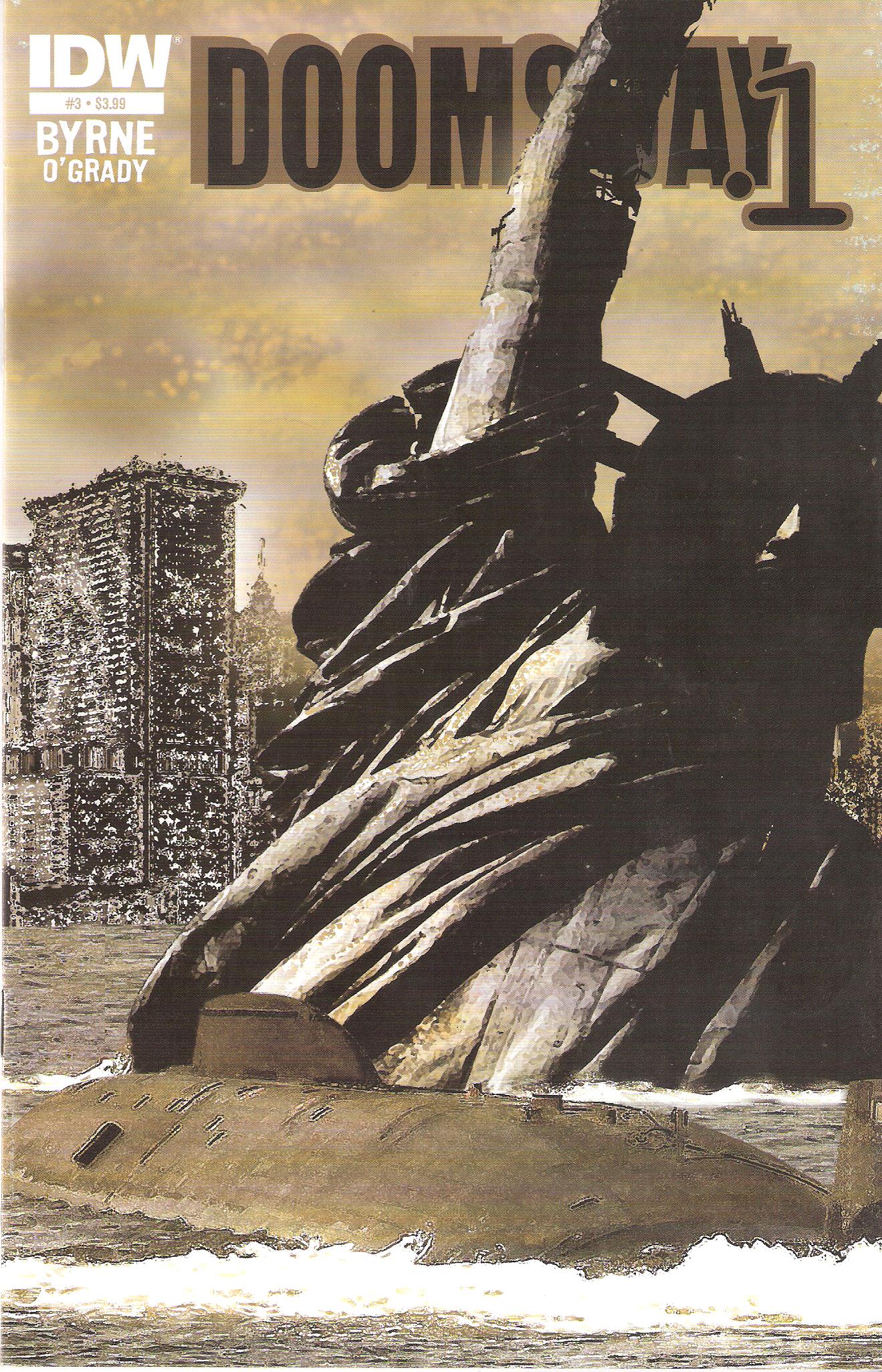
IDW recently published Doomsday.1 #3, a four-issue limited series by artist-writer John Byrne. Byrne is probably best known for his work on X-Men with Chris Claremont and his relaunch of Superman in the late 1980s. Before either of these series, though, Byrne worked for a company called Charlton Comics, where he co-created a similar series called Doomsday+1. Six issues of “Plus One” were published by Charlton in 1975 and ’76. A seventh issue, prepared during that time was published by Fantagraphics in 1987.
Comparing the two versions of “Doomsday” can give us some indications of how much has changed between the two series…and how much hasn’t.
Doomsday+1 was written by Joe Gill, one of the mainstays at Charlton Comics. In this case, doomsday is ushered in by a nuclear war, but neither America nor the Soviet Union is directly responsible for the war. This scenario includes a dictator named Rykos, who has at least two ICBMs armed with nuclear warheads (The reader isn’t told which country he rules, but a lackey calls him “El Presidente,” which probably puts him in Latin or South America.)
When Rykos learns that he’s going to be deposed, he announces “ The nuclear birds of death will fly!” And fly they do; one missile hits Washington D.C.; the other strikes Moscow. This activates the automatic systems controlling the missiles in America and the Soviet Union and they do their work all too well.
Interestingly, this parallels an approach used by an even earlier post-holocaust comic series, the Atomic Knights stories published by DC in the 1960s. In this series, a race of underground creatures take telepathic control of the leaders of America and the Soviet Union, ordering them to launch their arsenals simultaneously. Neither side actually starts World War III, but both sides bear responsibility for stockpiling atomic bombs.
In Doomsday.1, which is both written and drawn by Byrne, Armageddon comes from a different direction. A massive solar flare creates a global firestorm that kills hundreds of millions of people and infects many of the survivors with cancer.
The cast of “Plus One” is relatively compact. The main characters are three astronauts: Boyd Ellis; Jill Malden and Ikei Yashida. They’re orbiting the Earth in an Apollo capsule when the war begins. (That’s right, an American space mission with one man and two women; pretty progressive stuff.) When they return to Earth they encounter Kuno, who is described as a third-century Goth, but who is functionally a caveman. Kuno was frozen in suspended animation back in his native time, but the ice melts when the bombs go off.
The cast of “Point One” is also in space when the disaster strikes. This time, they’re on the International Space Station. This group is larger than the first crew, and more multi-cultural. There’s another woman scientist from Japan (her name is Hikari Akiyama) and another astronaut named Boyd. In this case though, Boyd is his last name, and he’s African-American. They’re joined by a married couple from Russia (the wife is pregnant) ; a Canadian and a French passenger. The make-up of this group isn’t going to be static, though. One member has already died, and was replaced by a Hispanic boy (oddly enough, this happened off-stage between issues two and three.) Like the cast of The Walking Dead, there appear to be no guarantees on who’s going to get through this story alive.
The menaces in “Plus One” are a mixture of generic science fiction figures and problems directly stemming from the war. There are, for example, robots from space and a water-breathing species. By issue seven, which was published under the title Doomsday Squad, Byrne and Gill seem to be looking for ways to expand the concept. Our heroes learn that the war has created temporal distortions that have led to disparate cultures living together….or trying to, anyway. In addition, our heroes get a new wardrobe. Their new duds aren’t exactly spandex underwear, but they’re closer to super-hero costumes than their original wardrobe.
In “Point One,” inhuman monsters appear to be unnecessary. Issue two is set in a prison where the inmates have taken over and much of issue three is devoted to an underground trek reminiscent of the walk through the tunnel in Steven King’s The Stand. It looks like issue four is going to deal with how the Catholic Church responds to the disaster.
Is one version of Doomsday better than the other? It sounds like I’m dodging the question, but they both have their strengths. Doomsday +1 is clearly a product of its time period, but I imagine that someone will be saying the same thing about Doomsday.1.





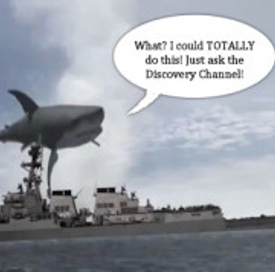
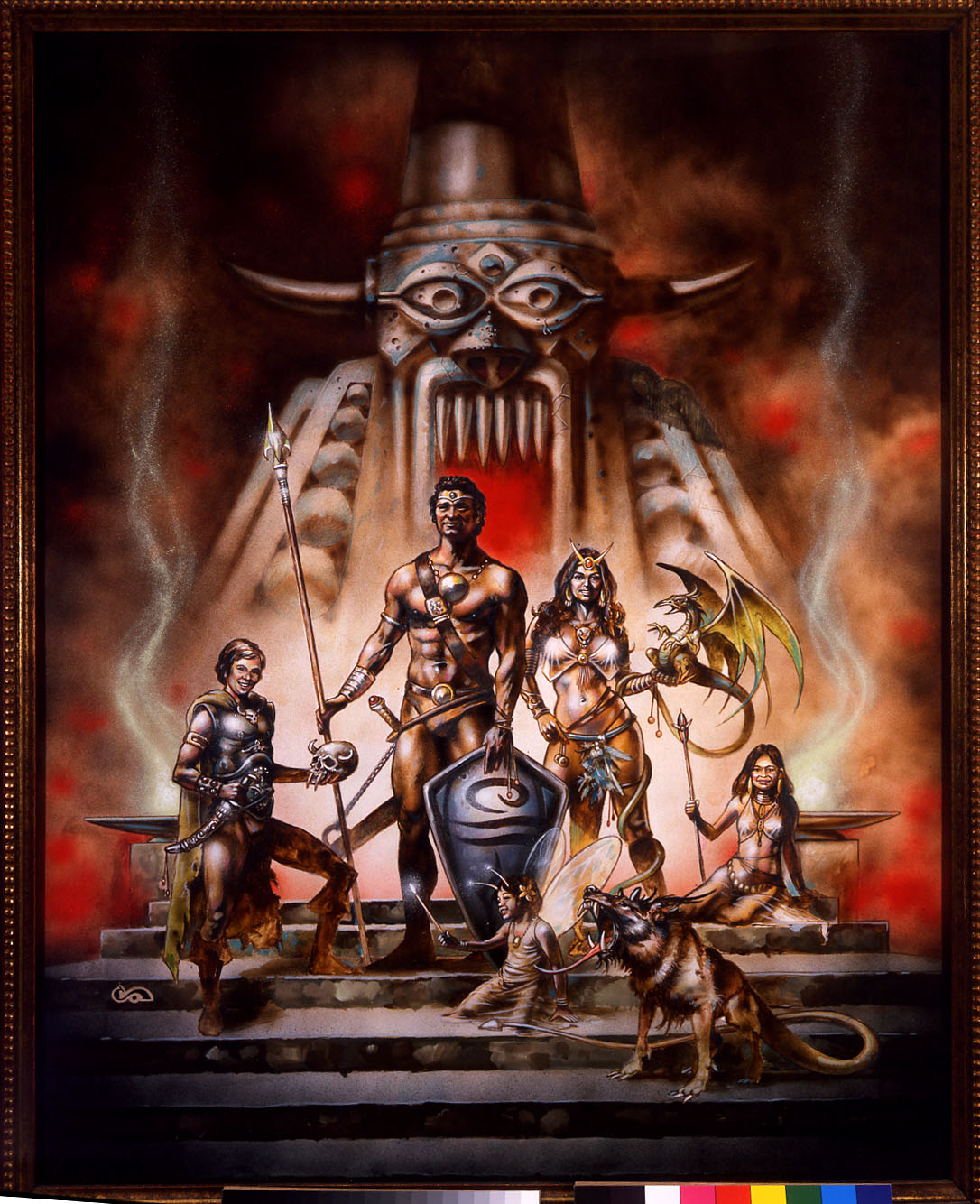


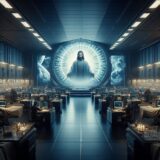

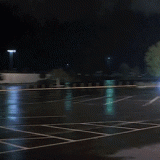
It was nice of Byrne to produce two such similar covers for us to use (g).
I think I like the Charlton Comics cover better! ^,^